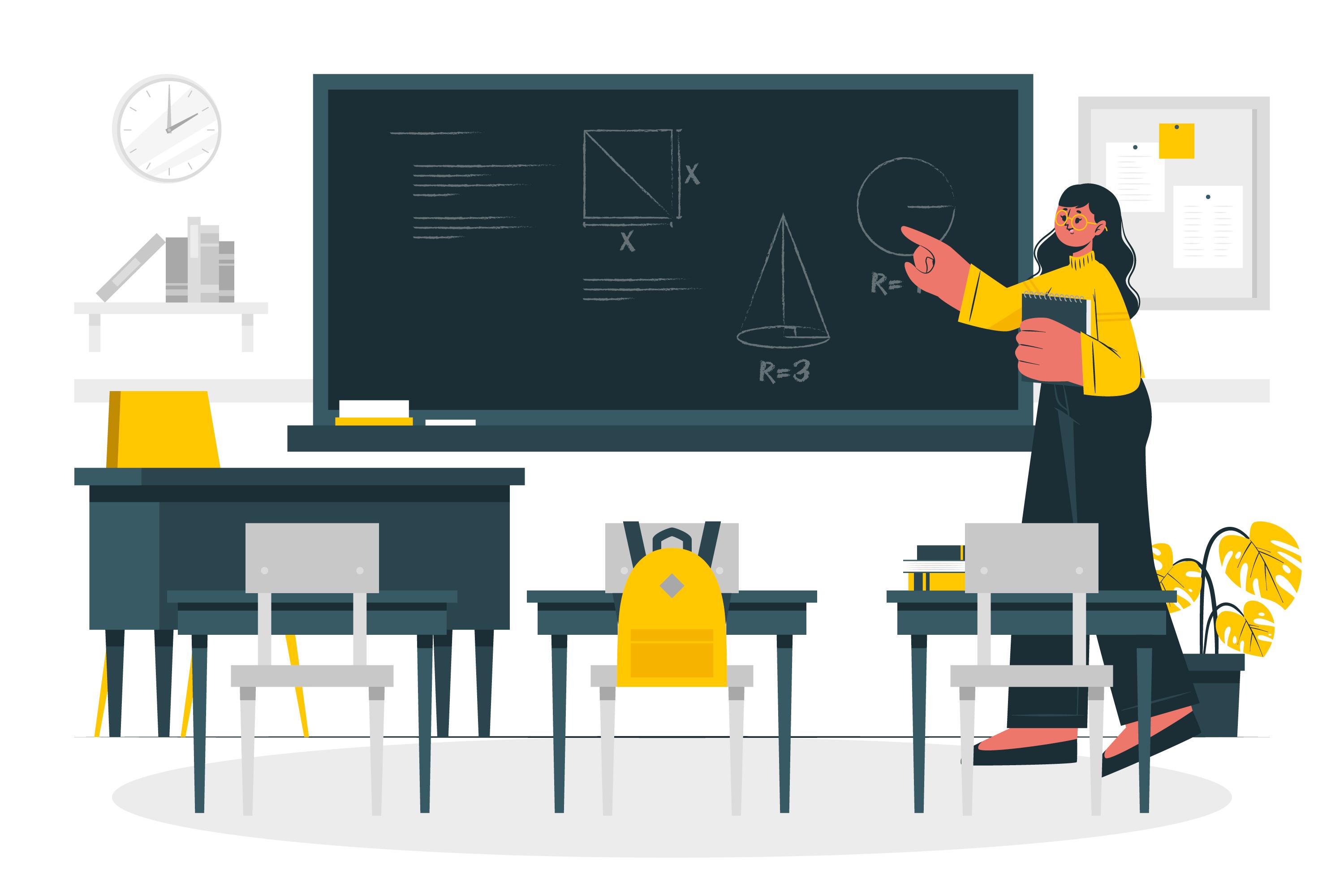Issues in Doing Geometry Homework
As a branch of maths, geometry deals with relations of solids, surfaces, angles, lines, and points, measurement, and properties. To nonprofessional, geometry is mathematically applied to pictorial artifacts like pictures. The majority of people often say that geometry is creative and creative instead of analytical. The majority of students often have a challenge making progress between geometry and algebra. The students are responsible for using their logical and spatial skills rather than analytical skills to utilize algebra.
Reasons why students have challenges with geometry homework
- Students do not comprehend and cannot apply vocabulary to unruffled the problem
- Students cannot recognize or see all the building blocks that constitute geometric problems
- Students struggle with algebraic skills that are building blocks for understanding geometry; this means that such students did not retain skills from the previous year.
The majority of the geometry problems get presented in the form of pictorial artifacts such as pictures. It can be the first time in the learner’s math career that the challenge gets misspelled. Therefore, if the student does not pick up the elusive clues provided in the picture, they will not be able to decode the problem correctly. Yet, the information the student requires is there, but he or she fails to recognize it as a useful piece of information. Geometry vocabulary is essential in this process. For example, if the learner does not understand the term bisector and its function, he will not solve the problem involving it. MyOpenMath answers can come in handy when you struggle to understand some math concepts but need to finish your homework as soon as possible.
The other common challenge with students is that they are impatient in the decoding process that is a single picture in the problem might contain several steps before they arrive at the final answer. For example, if the question requires you to determine the value of a single angle, it does not warrant you to ignore the other parts of the picture. Usually, there is a progression in determining a single piece of information that helps find another and assists in finding another one, and so on, till you arrive at the final answer. This process is more like being a detective. Learners need to understand how and where to begin their problem to get the final answer progressively. It is also essential that students become patient as they wade through determining the final solution to the geometric problem. Once the student understands the relations in the geometric shape, it becomes easier to arrive at the final answer. Therefore, it is needless to say that understand the first principles of mathematics is essential to understanding geometry.
The majority of the children get surprised by the volume of algebra in geometry, and their first thinking is that I completed algebra the previous year, and it is geometry. It is a classic example of one mathematical concept being the building block of another one. Therefore, this understanding is very critical to students’ progress in the entire math career.
It is an open secret that algebra concepts are applicable in the entire geometric problems, particularly in problem-solving. Therefore, if a student forgets algebra skills after, say, summer break, it becomes a surmountable challenge when he or she begins algebra II once he or she finishes geometry. Again, this is an excellent example of how math concepts get intertwined, and one is a building block for the other one. Therefore, students should be able to understand mathematical concepts and not just memorize them. Once they understand the concepts, then applied in real-life scenarios becomes easy.
If a child struggles with geometry, then the child needs to sit down with the teacher to analyze the level he or she is currently in geometry and even check the strength of their foundational skills in algebra. Then develop a plan to catch up.



No Comments